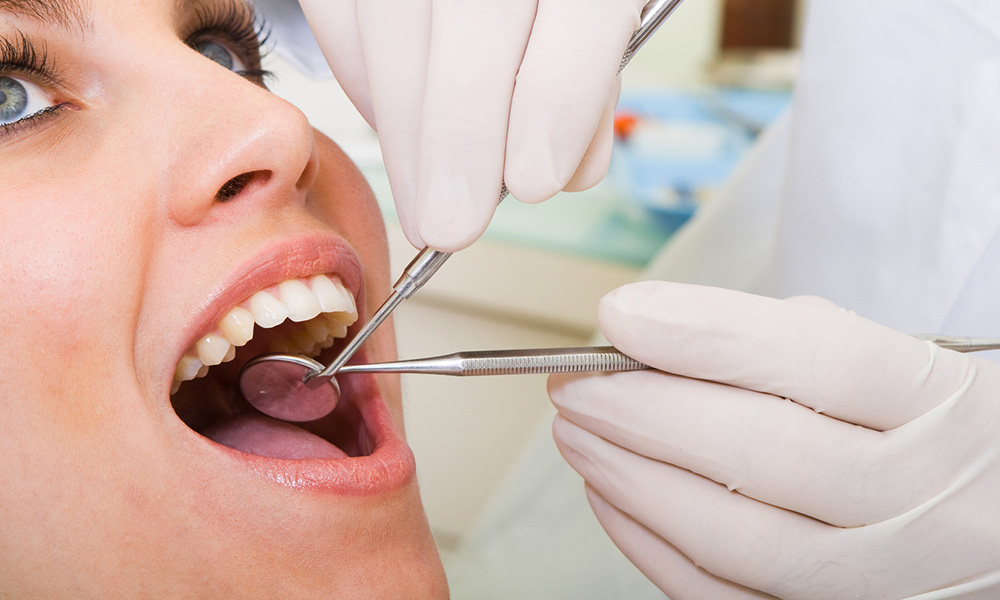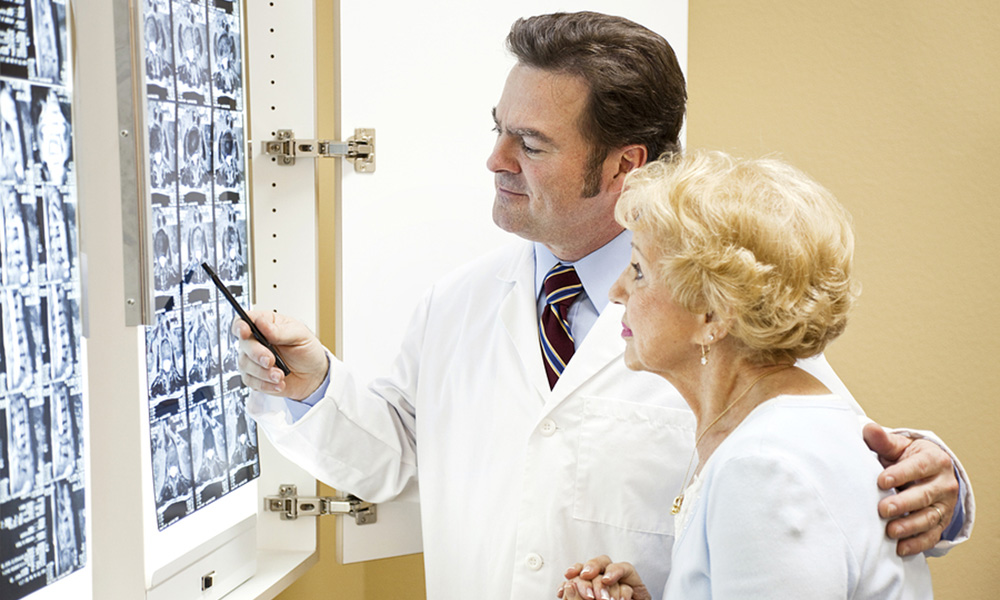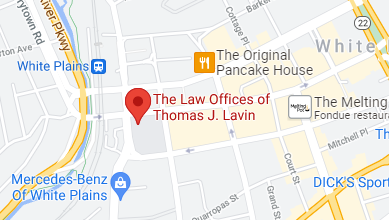It didn’t take long for rideshare companies such as Uber and Lyft to become wildly popular. Almost as quickly rose concerns over who’s responsible if a passenger is injured while using their services. The answer to that can be complicated, involving a hierarchy of insurance plans and regulations, no-fault insurance, and comparative negligence laws. Sorting through who’s responsible and how to receive the appropriate amount of damages can be daunting. Here’s a primer on what you need to know.
Will Insurance Pay for My Injuries if I Was Injured Using a Rideshare?
This is the typical result of a rideshare accident that results in the passenger being injured: Insurance steps in to cover expenses. All New York drivers, including rideshare drivers, are required to carry the following minimums:
$25,000/$50,000 bodily injury per person
$50,000/$100,000 death coverage
$10,000 property damage
However, standard auto insurance policies often don’t cover people when they’re working as rideshare drivers, only when they’re off the clock. In New York, rideshare drivers are required to have a secondary form of insurance. Uber and Lyft both have policies that cover drivers while they’re working. When a driver has accepted a ride and begins driving to the pickup point, the secondary insurance of up to $1 million is activated. Uber and Lyft sometimes provide additional coverage of $50,000 if the driver is working and has the app on looking for customers but hasn’t accepted a ride. This can come into play when a rideshare driver gets into an accident while they are waiting for work but doesn’t have an actual customer at the moment.
It becomes even more complicated if the rideshare driver turns the app off while going to pick someone up or with someone in the car. When the app is turned off, the driver is not considered to be working, and the secondary insurance doesn’t apply. Then the driver’s own insurance would be required. This can be a complicated situation, and it’s best to work with an experienced personal injury attorney who understands the nuances of dealing with multiple layers of insurance and the intricacies of business and independent contractor relationships.
It’s good to note that these insurance requirements apply if, instead of being a passenger in an Uber or Lyft, you were driving another vehicle, riding a bike, or being a pedestrian and were hit by the rideshare.
Would I Need to Sue Uber or Lyft for My Injuries?
In all likelihood, you would rarely sue the rideshare company itself. This is because Uber and Lyft drivers aren’t employees of Uber or Lyft but independent contractors. That means there’s no employer-employee relationship, which would be the basis for a lawsuit.
Instead, if a lawsuit is needed to get the proper amount of damages, your first recourse would be to sue whoever caused the accident, whether it was the rideshare driver or the driver of another vehicle. It’s pretty straightforward who’s at fault in an accident where the Uber driver was distracted and ran into a fire hydrant. There are no other cars in that situation, so the rideshare driver is responsible. It becomes harder to figure out when two or more vehicles are involved.
Is New York a No-Fault State?
Yes. That means regardless of who caused the accident, the driver’s auto insurance covers damages up to the policy limit for the driver and any passengers. So the first round of claims would go to the driver’s insurance or to the rideshare company’s insurance if the driver’s insurance doesn’t cover them while working.
What Type of Comparative Negligence Law Does New York Have?
Comparative negligence is involved in personal injuries when there is more than one party that may be at fault for the accident. In some states, if the injured person is found to be at least 50% or 51% at fault, they can’t receive any damages. Another form of negligence is contributory negligence, which ruled that any negligence at all from the injured person meant they’d receive no compensation. Few states continue to use this.
New York has what’s known as a pure comparative negligence law. That means the injured person could be found 99% at fault and still receive 1% of the damages awarded to them.
If the injuries sustained are covered by either the driver’s personal insurance or the rideshare’s secondary insurance, the no-fault rules will likely cover everything. But if the injuries are greater than any insurance company limits, the case might escalate to a court case where the court determines how to apportion the liability.
What Should I Do if I Was Injured While Riding in an Uber or Lyft?
The first thing you should do is see a doctor for a checkup, even if you feel fine. Some injuries have symptoms that don’t appear right away, including some severe injuries. It’s vital that you make sure something significant isn’t causing damage while not causing symptoms.
Then call the Law Offices of Thomas Lavin at 718-829-7400 for a free case evaluation. Our knowledgeable, experienced personal injury attorneys will help you sort out where to file claims for damages or, if necessary, pursue a lawsuit. Being injured in a car accident can be a traumatic experience, especially if the injuries are extensive. We want to help you achieve the best possible results.








